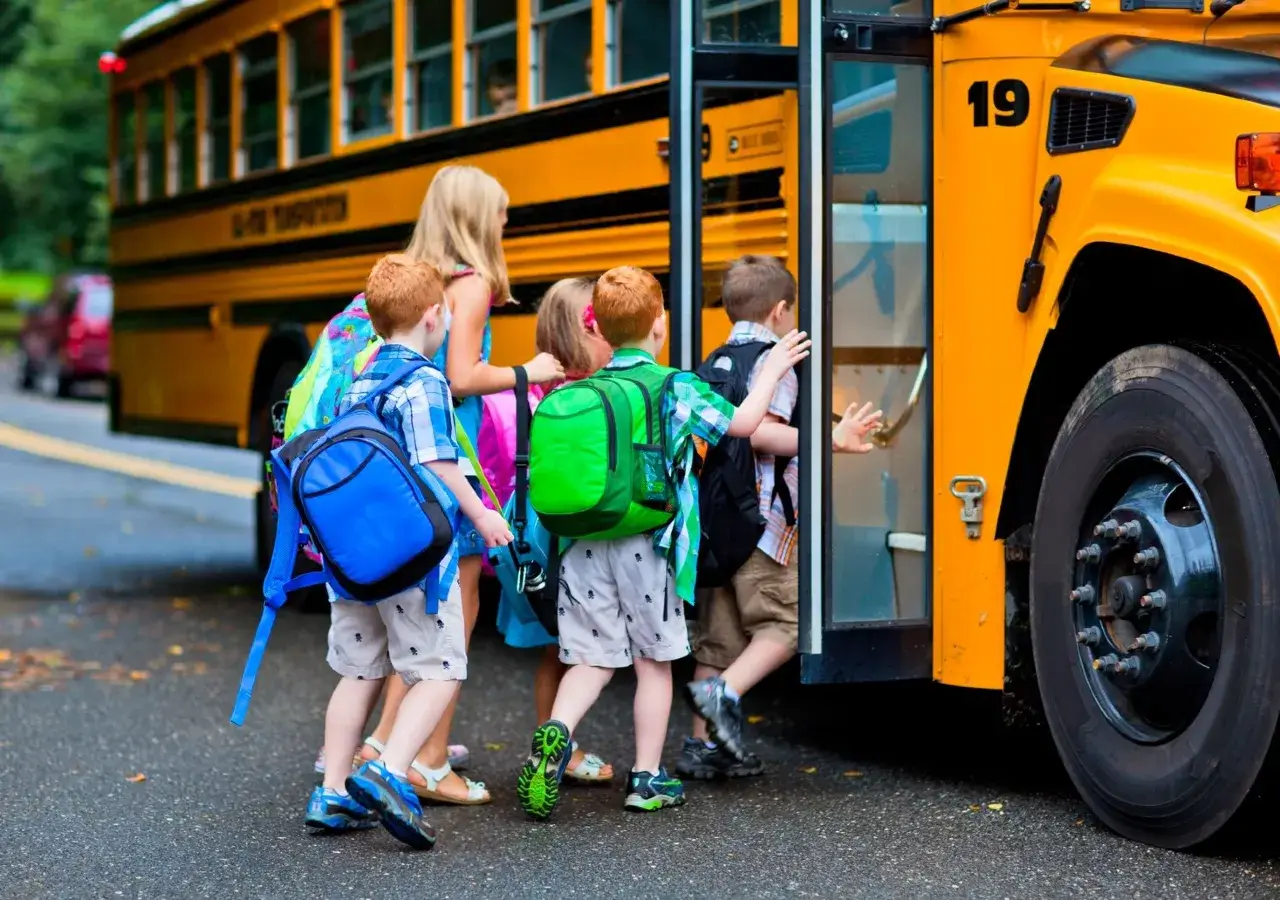Blog
Blog
Traffic noise at schools

Noise pollution in urban environments is a growing problem worldwide. Vehicles, airplanes and construction noise can compound and create significant cacophony our everyday lives. When that noise permeates the classrooms of our schools, it can have a detrimental effect on children’s learning and memory. Here’s what the latest research shows.
The study
Researchers at the Barcelona Institute for Global Health wanted to study the effects of noise pollution on students in a classroom environment. They measured school indoor noise levels at 38 schools throughout Barcelona, Spain.
Researchers stood inside classrooms before classes began and measured the noise coming from outside. They retook measurements six months later to establish a baseline noise level in each school. The team then had 2680 children between the ages of seven and 10 do online cognitive tests for short-term memory and attentiveness every three months over a year. What the researchers found was alarming.
The results
Children in schools with noise levels greater than 30 decibels (which is approximately the volume of whispering), had slower attentiveness improvements than those with lower noise levels.
Furthermore, in schools where noise levels fluctuated, students showed slower improvements in memory and attentiveness than children in schools with consistent noise levels. These results suggest that shifts in noise levels can distract children from their tasks and impair normal cognitive development.
Noise pollution dangers
Hearing experts define noise pollution as any loud or undesirable sound detrimental to your health or well-being. We already know environmental noise pollution is linked to hypertension and an increased risk of heart disease. This study is another example of how humans, particularly children, can be negatively impacted by sound pollution.
In Canada, one in five teens between 12 and 19 suffers from hearing loss. In most cases, it’s noise-induced, which is preventable. Studies have also shown that children’s academic performance falls when they don’t hear the sounds around them.
Noise pollution solutions
The Barcelona study is a wake-up call for schools to devise ways to reduce noise pollution in classrooms. Schools can install sound-reducing windows and insulation in their classrooms. They can also use quieter air conditioning units, felt pads under furniture, plus panels, carpeting on the floor, and textiles on the walls. Plants also reduce indoor noise levels.
In addition, Speech and Audiology Canada also has a relevant infographic.
Pediatric hearing care in Calgary
At Soundwave Hearing Care, we provide complete hearing care for children. As one of the few pediatric hearing centres in Calgary, Lethbridge, Grande Prairie and High River, our team can identify and treat pediatric hearing disorders. We work with Alberta families, schools, health care providers and speech therapists to provide the best hearing care for your child. Contact us today to book an appointment.
All the blogs are reviewed and edited by our clinic's lead audiologist, Dr. Anne Wooliams. Dr. Woolliams is an experienced audiologist specialized in pediatric audiology, auditory processing, and tinnitus/sound sensitivity therapy. She is dedicated to providing top-notch hearing care and helping her clients improve their language and communication abilities. Dr. Woolliams' expertise in literature and linguistics, combined with her passion for helping people improve their language and communication, make her an incredibly valuable asset in the field of audiology. Learn more about Dr. Woolliams.
